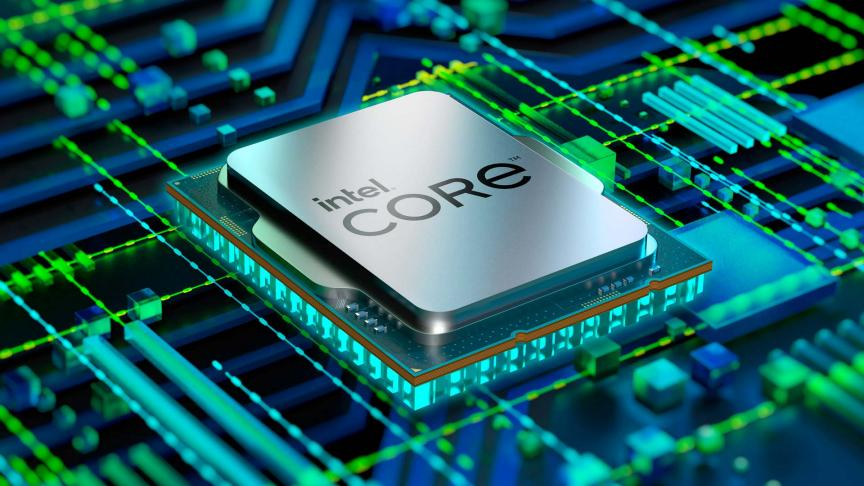Despite all the inroads AMD has made in recent years with its Zen desktop CPUs, Intel has broadly managed to maintain one critical edge against its longtime rival: gaming performance. For those looking to eke every possible frame out of the latest AAA games, the company’s recent Core 5/7/9 often outperformed their AMD counterparts. Historically, however, that performance has come at the cost of power efficiency and thermals. Intel’s best 13th-genereation processors are absolute power-hungry beasts. That has limited their appeal, especially as small-factor PC builds have become more popular.
On Thursday, Intel detailed it’s long-awaited Arrow Lake processors, announcing five new models arriving on October 24. With the new CPUs, Intel is promising a paradigm change. Compared to its previous generation Raptor Lake chips, the company said its goal was to reduce power consumption by 40 percent and internal package temperatures by as much as 10 degrees Celsius. Judging by the benchmarks Intel shared ahead of today’s announcement, the company did just that.
Intel’s new flagship, the Ultra 9 285K, features a 24-core CPU design consisting of eight ‘Lion Cove’ performance cores and 16 ‘Skymont’ efficiency cores, and a maximum boost clock of 5.7GHz. It, alongside the rest of the current Arrow Lake family, also comes with a neural processing unit (NPU), a first for one of Intel’s desktop CPU. But those specs aren’t what’s interesting about the 285K and its siblings.
In “lightly-threaded” workloads, including tasks such as Zoom calls and select Cinebench benchmarks, Intel recorded the 285K drawing up to 58 percent less power than the 14900K, the company’s 14th generation flagship. When it comes to gaming performance, the results are even more interesting. In Warhammer 40,000: Space Marine 2, for instance, Intel said it saw the 285K run the game on average 4% faster, while drawing 165W less of system power. Even in more GPU-intensive games such as Black Myth: Wukong, the 285K offers promising efficiency gains, with Intel noting it saw the CPU draw 34 fewer watts of total system power compared to the 14900K.
Those efficiency improvements translate to equally impressive thermal gains, with Intel noting its data shows the 285K runs, on average, about 13 degrees Celsius cooler than the 14900K during gaming loads. The new processor even offers similar gaming performance when users limit its power draw from Intel’s default of 250W to 175W or 125W. For those who like to undervolt their CPU or plan to go with an ITX case and motherboard for their next build, that’s exciting news.
“I think it’s safe to say this is a huge turn of the corner for our desktop portfolio,” said Robert Halleck, general manager of Intel’s AI and Technical Marketing units. “I’m confident your testing will match the numbers we’re talking about today.”



